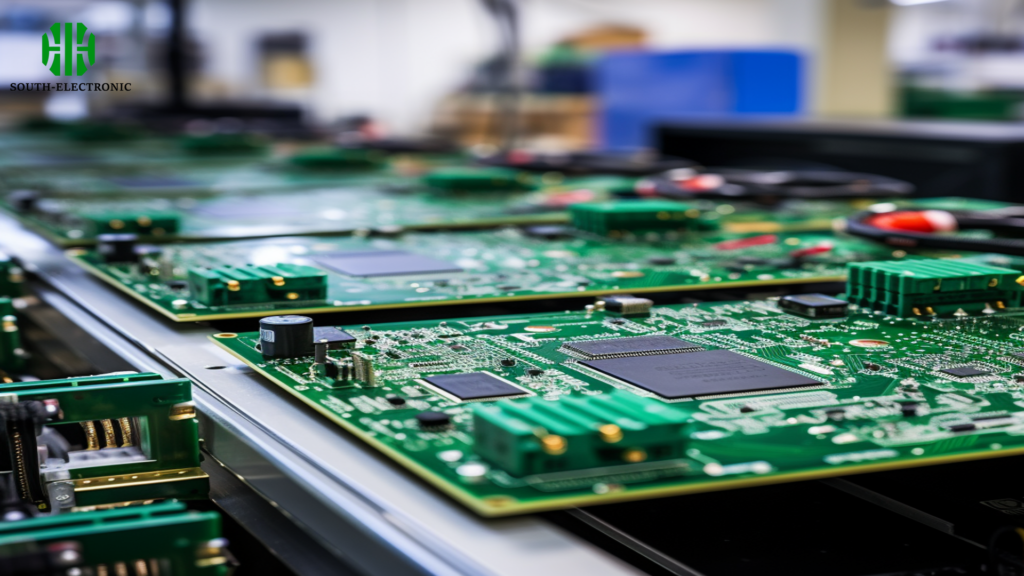Introduce
From the early 20th century, the usage of Printed Circuit Boards in the electronics industry has burgeoned, permeating myriad aspects of modern life. Initially, the focus was on innovation and the rapid development of electronic technologies, with less attention paid to the potential physical hazards associated with the manufacturing, use, and disposal of PCBs. As electronics became increasingly widespread, the concerns over the physical hazards presented by PCBs in the electronics sector gradually came to the forefront. This growing awareness prompted a deeper examination of the risks and a call for more responsible management practices.

Why are there physical hazards associated with electronic PCBs?
Despite advancements in technology and regulatory actions, the physical hazards of electronic PCBs persist, not just as remnants of past manufacturing practices but as ongoing issues due to their presence in modern electronic devices.
- Manufacturing Processes: The fabrication of PCBs involves the use of various chemicals and materials that can pose significant risks to workers. These include the potential for exposure to toxic substances, the risk of burns from soldering processes, and injuries from handling sharp or heavy components.
- Electronic Waste: The disposal of electronic devices containing PCBs contributes to electronic waste (e-waste), which poses environmental and health risks when not properly managed.
- Recycling Challenges: Recycling PCBs from electronic waste is a complex and nuanced process that requires specific technologies to safely extract valuable components and materials. However, the improper recycling or informal processing of e-waste can lead to direct exposure to hazardous substances for workers in recycling plants and can contaminate surrounding communities.
Health and Environmental Impact
The physical hazards associated with electronic PCBs impact not only human health but also the environment. In humans, direct contact with broken or improperly disposed of PCBs can lead to injuries, while long-term exposure to toxic substances used in PCB manufacturing can have more serious health consequences.
For the environment, improperly disposed of electronic devices containing PCBs contribute to pollution and pose risks to wildlife. Chemicals can leach into soil and waterways, affecting plant and animal life.

Conclusion
The challenges posed by the physical hazards of electronic PCBs highlight the need for comprehensive approaches to managing e-waste, improving recycling technologies, and implementing safer manufacturing processes. Regulatory frameworks must evolve to address the entire lifecycle of electronic products, from production to disposal, to mitigate the physical hazards associated with electronic PCBs. Addressing these challenges requires global cooperation, innovation, and a commitment to sustainable practices in the electronics industry.


